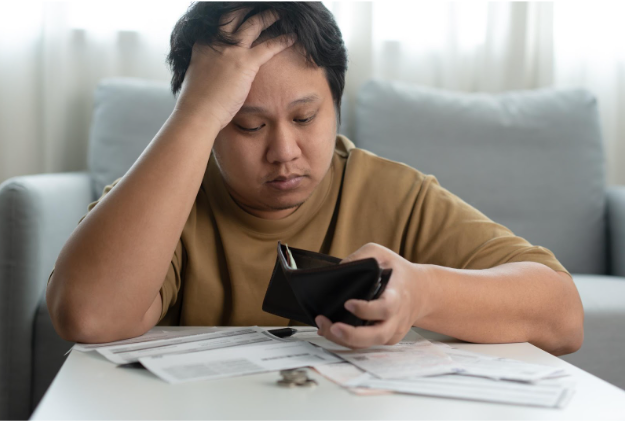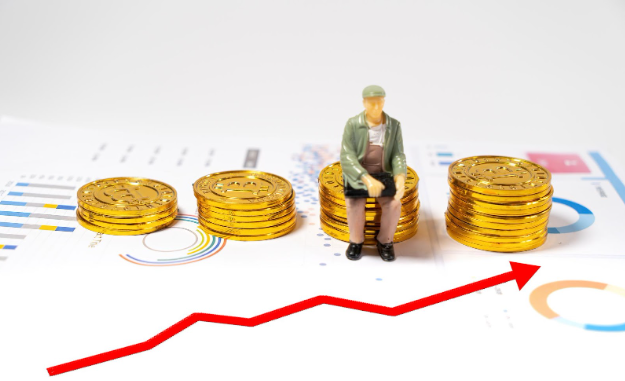
Consumer Proposal vs Bankruptcy – What’s the Difference?
If you’re in over your head in debt, you may wonder what you should do. Falling behind on your payments worsens your credit score and makes it hard to get ahead.
Fortunately, there are Canadian debt relief options available.
Two of the most common debt relief options for Canadians are the consumer proposal and bankruptcy. Both help resolve your debt and give you a fresh start, but each has different results and long-term effects.
Understanding the difference between the two, how they work, and who should consider which option is the key to managing your finances.
What is a Consumer Proposal?
A consumer proposal is a legal binding agreement between you and your creditors to settle your debts for less than you owe and stop all interest. A plan is set in motion for a term no greater than 60 months. When a consumer proposal is filed, it stops creditors from pursuing, contacting you, and from garnishing your wages.
How does it Work?
A consumer proposal helps you avoid bankruptcy, which may have more negative effects on your credit.
A debt expert can help you to find the best solution for your current situation, working for you not the creditors, finding you a debt solution plan that works within your budget. A credit counsellor will go over your budget, income and assets to assist you on filing for a consumer proposal.
While each consumer proposal is different, the maximum term your payments can be spread out over is 5 years. All consumer proposal repayments are also interest free.
Consumer proposals work only on unsecured debts. Any secured debts you have, such as a mortgage or vehicle loan, remain intact. As long as you can afford to continue making your payments, you can keep your home, vehicle or other collateral the loan covers.
You might be able to include your student loan debt in the consumer proposal too. It depends on how long it’s been since you graduated or the last day of schooling was. If it’s been 7 years or older, you can include them.
Who Should Choose a Consumer Proposal?
If you have assets you want to keep, a consumer proposal is a great alternative to bankruptcy. You get to keep your assets and work out an interest-free plan to pay back your debts. You don’t have to worry about wage garnishments or other collection actions while you take care of your debts because it is a government approved debt settlement program.
If you are overwhelmed with your debt and want everything in one payment, a consumer proposal can be a great alternative.
What is Bankruptcy?
A bankruptcy relieves you from all unsecured debt rather than working out a repayment plan with your creditors. If you file bankruptcy, you still may need to pay your secured debts and give up control of your assets. It’s important to know what debts are covered and what effects bankruptcy has on assets.
How does it Work?
A typical bankruptcy takes between 9 and 21 months to fully discharge your debts. During the bankruptcy, you are responsible for attending two counseling sessions. You must also file monthly reports on your income and expenses.
Unlike a consumer proposal which allows debts up to $250,000, there is no limit to the amount of debt you can include in your bankruptcy. A bankruptcy also takes less time to complete for a first time bankrupt. The longest it can take is 21 months, whereas a consumer proposal can take up to 5 years.
Who Should Choose Bankruptcy?
If you can’t repay your debts, a bankruptcy may be the better option. You don’t have to work out debt settlements or payment arrangements. Your debts get discharged within the 9 to 21 month period as long as you complete your responsibilities.
Differences Between a Consumer Proposal and Bankruptcy

If you’re trying to decide which option is right for you, ask yourself the following questions:
- Do you have assets you want to keep?
If keeping your assets is your priority, a consumer proposal is a better idea. All assets are protected in the agreement, so you don’t have to worry about losing your home, car, or any investments. As long as you make the payments as agreed, nothing is at risk.
- Can you afford the monthly payments?
If you have money you can dedicate to paying off your debts, a consumer proposal is a better idea. You can make a monthly payment on your debts in a manner that you can afford. It will hurt your credit less because it stays on your credit report for less time and the credit bureaus put less emphasis on a consumer proposal versus a bankruptcy.
- Are you unemployed or is your income unstable?
If you don’t have a stable income, you may have a hard time making monthly payments to creditors such as a consumer proposal or getting approved for anything but a Bankruptcy. In a consumer proposal, you must prove you can afford the payments. If your income fluctuates or you’re unemployed, you may not be able to afford the monthly payments, leaving bankruptcy as your only option.
- Do you have over $250,000 in debts?
If you have more than $250,000 in debt, a bankruptcy is your only option since it exceeds the limit of a proposal. Keep in mind, if you have an extensive amount of debts, you may be on the hook for up to 30% of the full amount. Make sure this is a manageable amount for you to pay before deciding which is right for you.
Final Thoughts
Choosing between a consumer proposal and bankruptcy is a big decision and not one you should take lightly. If you’re wondering how you’ll make ends meet or you are already behind on your debt payments, contact EmpireOne Credit today.
Our professionals can help you weigh the pros and cons of each option and decide which is right for you. It’s not a one-size-fits-all approach since it depends on a variety of factors including the amount of debt, your income, and the assets you want to keep.
Call us today at 416-900-2324 and let our professionals help you get debt relief the right way!





